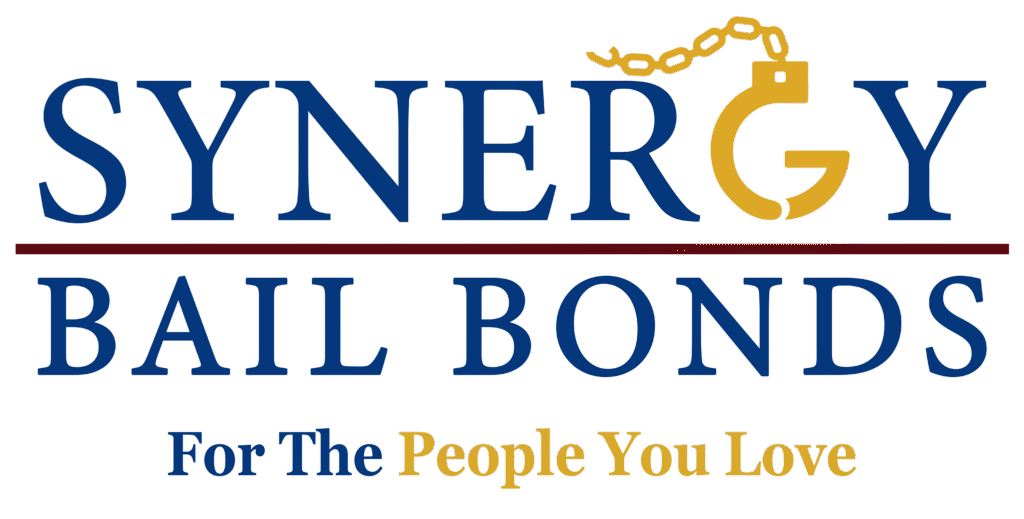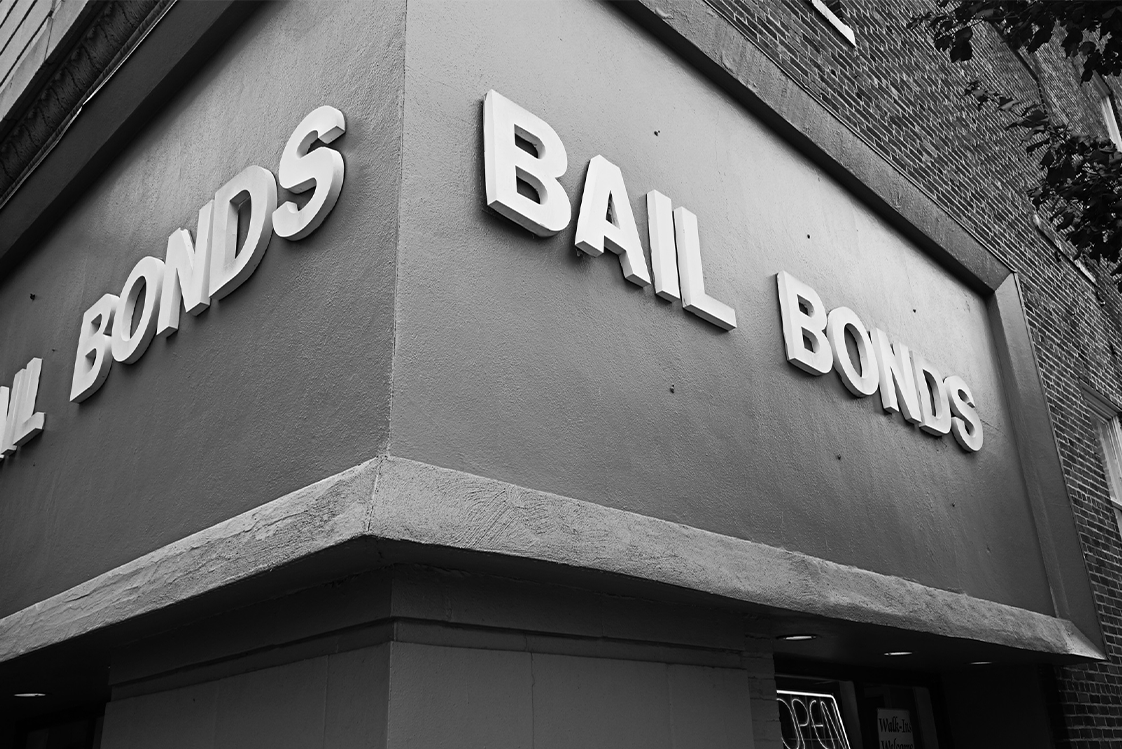Bail Bonds in California
It’s easy to confuse the legal terms bail and bond. Bail is when the arrested person and the court come to a temporary release agreement through a secure financial settlement. Bond is much different, and it’s very important to know the difference between the two terms.
In this article, we’re going to get down to the core meaning of each term. We’ll also provide you with some additional information to help you navigate the basics of the judicial system.
If you have any questions or concerns on this or similar topics, please reach out to one of our trusted professionals at Synergy Bail Bonds in California. The contact can be found here.
What is bail?
Bail is the amount of money the defendant pays the court in order to secure release from jail pending trial. Paying bail serves as a promise claiming the defendant will show up to any and all court appearances he or she is summoned to regarding their current case. If the defendant fails to show, the bail money is forfeited and the arrested person will be brought directly back to jail for the remainder of trial.
How does bail work?
Bail begins at arraignment where the charges are read aloud and the plea is entered. A judge will then set bail based on a few very important factors, including but not limited to:
- Severity of charges
- Defendant’s criminal history
- Flight risk
If the bail is affordable, the defendant will then have the opportunity to pay the court directly or request assistance from a bail bondsman.
What are the types of bail?
The most common types of bail include the following four:
- Cash bail: Where the defendant pays the full amount in cash directly to the court
- Property bond: Where the defendant uses his or her property as collateral for bail. This can include things like houses and cars.
- Personal recognizance: Sometimes, the defendant will be offered release without bail on the promise that they’ll appear in court for all requested appearances.
- Surety bond: Where the defendant requests assistance from a bail bondsman in exchange for an agreed upon fee.
Is paying bail a good option?
If you have the full bail amount, paying it is a good option. This can help save a career, prioritize family, and sustain a personal life.
On the other hand, bail is extremely expensive in most cases, and most defendant’s can’t afford it.
What is a bond?
A bond is a contract between the defendant, a bail bonds company, and the court. This documentation and agreement serves as a guarantee that the defendant will appear to all summoned court appearances for the current case.
How does a bond work?
In most cases, the defendant cannot afford to pay the full bail amount. Typically, when this is the case, the arrested person will seek assistance from a bail bondsman. During this legal time, the defendant will give 10% of the bail amount to the bondsman. As a return legal favor, the bail bondsman will keep the 10% as payment for the ‘job’ and the company will go ahead and post the entire bail amount. Once the defendant shows up to all court appearances, the bonds company will get their money back.
These terms require the bondsman to be fully responsible for the defendant’s appearances in court. If he or she fails to show up and instead flees, the bondsman will typically hire a bounty hunter to locate and return the defendant to custody.
What are the types of bonds?
The most common types of bonds include the following four:
- Cash bond: Where the defendant pays the full fee amount (10%) directly to the bail bonds agency.
- Property bond: Where the defendant uses property to cover the percentage due.
- Immigration bond: Only used for non-citizens.
- Federal bond: Only used for federal crimes.
If you want to know How Bail Bonds Work, read this thread on Reddit.






